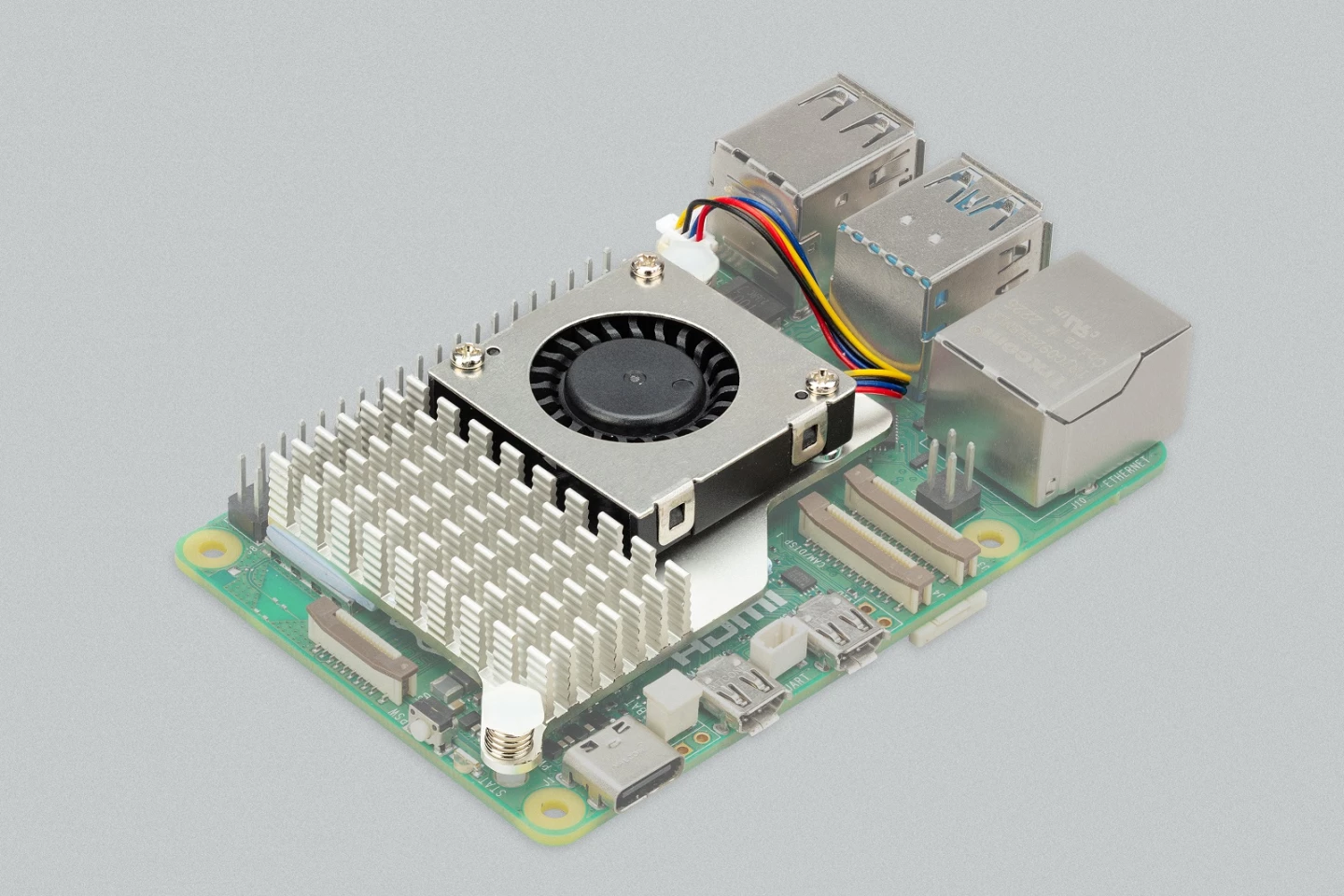The last generation of the popular fruity board for tinkerers landed in 2021, though its creators did double the system memory the following year. Now the Raspberry Pi 5 has launched rocking in-house silicon for much-improved performance.
Though Raspberry Pi reports that "virtually every aspect of the platform has been upgraded," the headline act is that it's the first flagship Pi to feature silicon designed in-house.
A new 16-nm Broadcom application processor boasts a 2.4-GHz, 64-bit quad-core Arm Cortex-A76 CPU for twice, or even three times, the CPU performance compared to the Pi 4, while also consuming "much less power for a given workload."
Graphics also get a significant boost courtesy of a VideoCore VII GPU supported by a 32-bit SDRAM subsystem for twice the memory bandwidth of the Pi 4. There's now a 4K/60p HEVC decoder onboard, and the system is able to drive two 4K/60p HDMI displays at the same time.
New to the Pi 5 is the RP1 southbridge for handling most of the inputs and outputs – with USB bandwidth more than doubling, it now features two four-lane MIPI transceivers for the camera and display, there's twice the peak SD card performance, and a single-lane PCI Express 2.0 interface is exposed for the first time.

The application processor and southbridge are supported by a new team member, the Renesas DA9091 “Gilmour” power-management IC. This component rocks eight separate switch-mode power supplies to meet the various voltage needs of the platform, and includes a real-time clock that can be powered by an external supercap or lithium-manganese cell, plus a PC-style power button.
The new computer keeps the Infineon Wi-Fi/Bluetooth combo from the Pi 4, but it's connected to the application processor via an upgraded SDIO interface and benefits from a dedicated switched power supply rail. Ethernet is also the same as before, but now adopts "a jaunty 45-edgree angle."
The Pi 5 is missing the composite video and analog audio jack, with the space now home to a pair of four-lane MIPI interfaces for connecting to a CSI-2 camera or DSI display. High-speed peripherals benefit from the loss of a display connector, the space now given over to the PCI interface.
The Gigabit Ethernet port has been moved to the bottom right, and has been joined by a four-pin PoE connector. Mounting holes for a heatsink have been added, along with connectors for a fan, RTC battery, Arm debug and UART.
The Raspberry Pi 5 is up for pre-order now, and will be available toward the end of October priced at US$60 for the 4-GB flavor, or $80 if you want 8 GB of RAM. An updated case with built-in fan costs $10, and active cooler is priced at $5 for heavy workloads without a case, and a USB-C power adapter that supports a 25-W operating mode is available for $12. The video below has more.
Product page: Raspberry Pi 5






